Knowledge Is a Graph
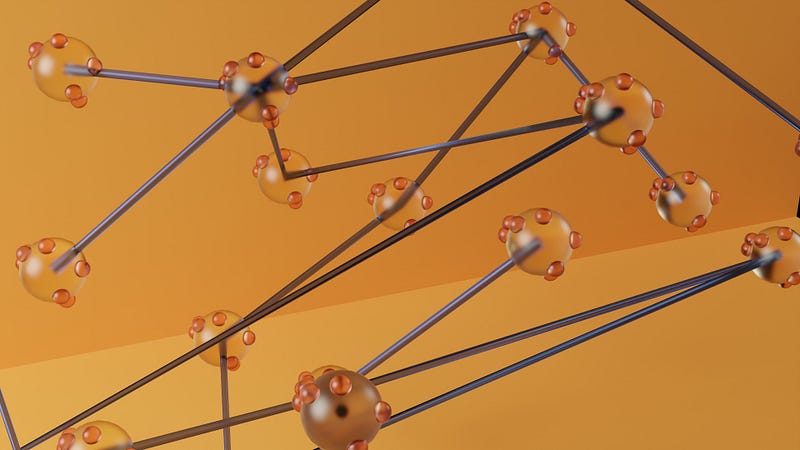
Knowledge Is a Graph
Conceptualize It as an Interconnected Forest
During a Reddit Ask Me Anything, Elon Musk said about knowledge:
“it is important to view knowledge as sort of a semantic tree — make sure you understand the fundamental principles, ie the trunk and big branches, before you get into the leaves/details or there is nothing for them to hang on to”
— Elon Musk on Reddit
But in data modelling — a ‘tree’ is a type of graph.
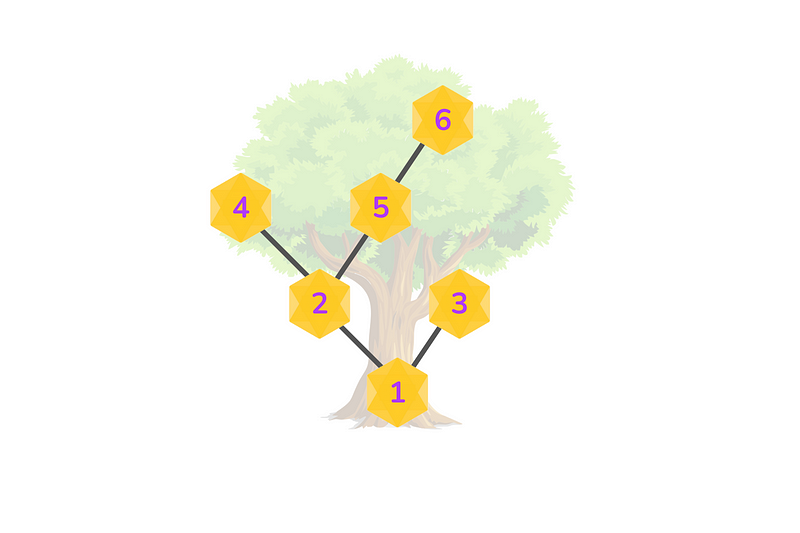
What is a graph?
A graph is a non-linear data structure that contains nodes (or vertices), and edges that can connect them.
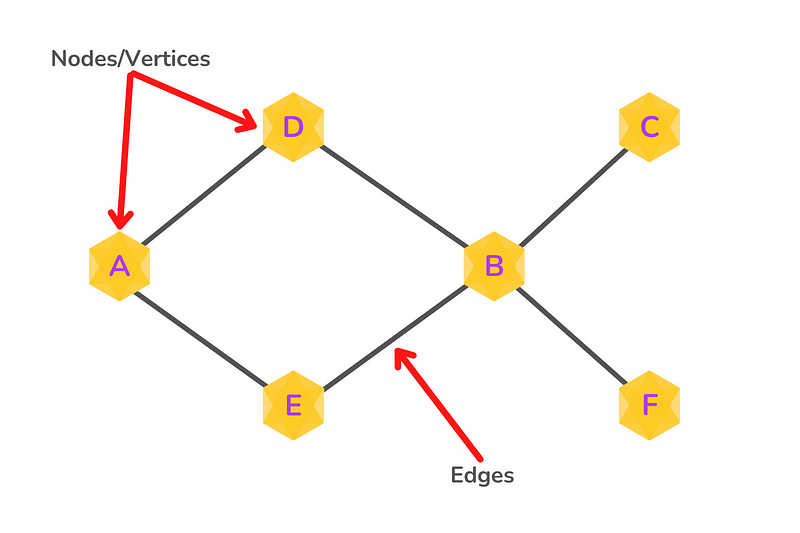
A graph is a non-linear data structure that contains nodes (or vertices), and edges that can connect them.
When modeling graph structures in a computer, both the nodes and the edges can store data — the nodes may store information about the ‘objects’ that they represent, whilst the edges may store information about the relationship between those objects (eg. the direction from A to D, or, whether A ‘likes’ D).
Graphs in everyday life
You deal with graph representations of knowledge every day.
Graphs are used to represent networks — like railway systems, or circuits.
They are also used to represent social networks like LinkedIn or Instagram, where each person is represented as a node, and each node is a structure that contains other information (name, gender, location etc).
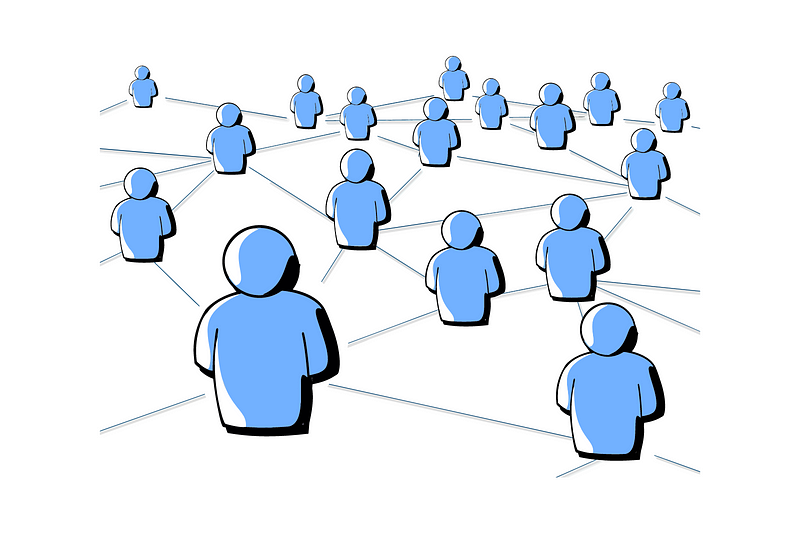
Graphs can also represent hierarchies — in graph theory, a “connected acyclic graph” is better known as a “tree”.
Folder structures are built using this tree data model.
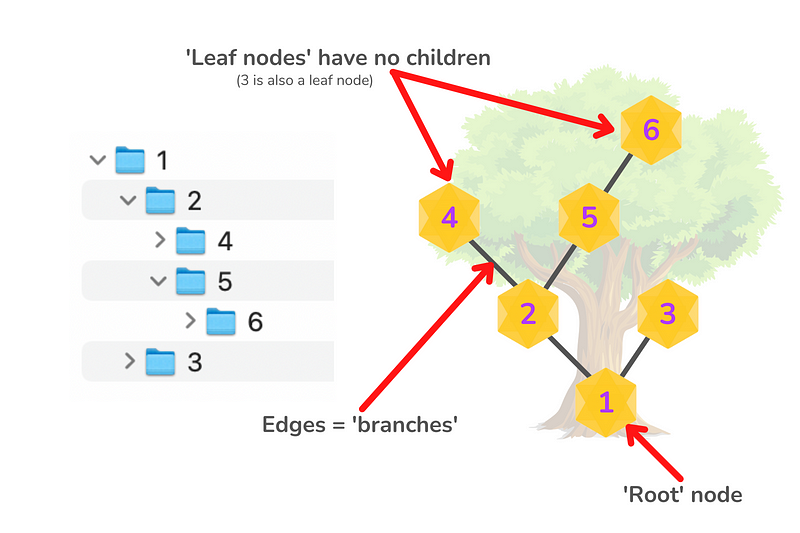
Your brain also works as a (continuously updated) graph
Connected networks are a fundamental structure of neurobiology.
The nodes could be neurons.
And the edges the communication or correlations between these neurons.
The entirety of what you know is encapsulated in this structure — which underpins the mental models that you use to represent everything!
From real, to remembered, hypothetical, and even imaginary situations!
The entirety of what you know is encapsulated in this structure — which underpins the mental models that you use to represent everything!
Learning is updating or generating mental models
When we learn, what we are doing is updating these mental models, which we use to comprehend life and the world around us.
The brain creates mental models based on assumptions, and we learn by validating accurate assumptions — and forgetting those that are incorrect (thus updating our models).
In this process, errors are inevitable but also critical to the process of learning.
As Stanislas Dehaene, puts it:
“Learning, in man and machine, always starts from a set of a priori hypotheses, which are projected onto the incoming data, and from which the system selects those that are best suited to the current environment. As Jean-Pierre Changeux stated in his best-selling book Neuronal Man (1985), “To learn is to eliminate.” — Stanislas Dehaene, author of How We Learn: Why Brains Learn Better Than Any Machine
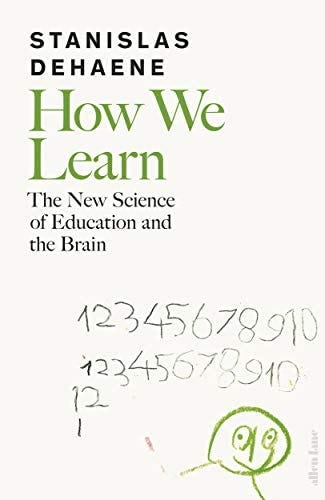
Knowledge graphs and concept maps
Knowledge graphs have taken the world by storm in recent years.
As the name suggests, they are a graph-structured representation of knowledge — in the form of linked entities or concepts.
Knowledge graphs provide a flexible way to capture, organize, and search large amounts of multi-relational data.
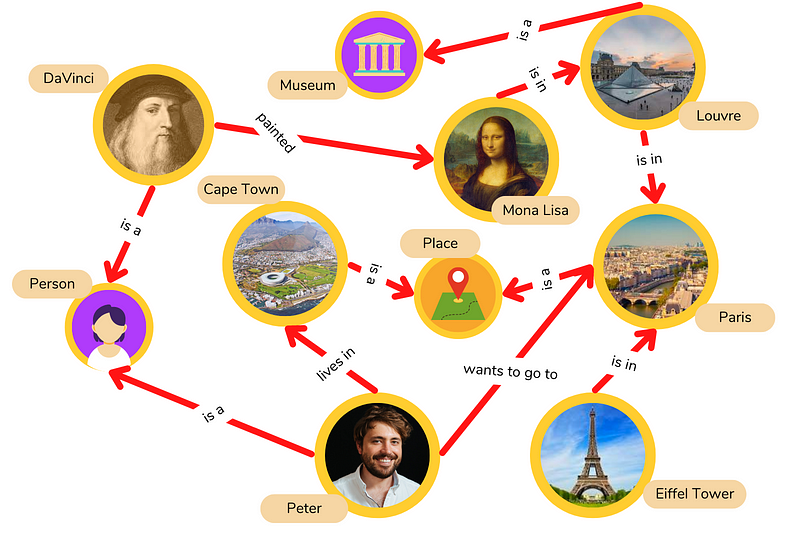
A concept map is a subset of knowledge graph — and represents visually the relationships between ideas and concepts.
This can be useful in both personal knowledge management — and for teaching others, too.
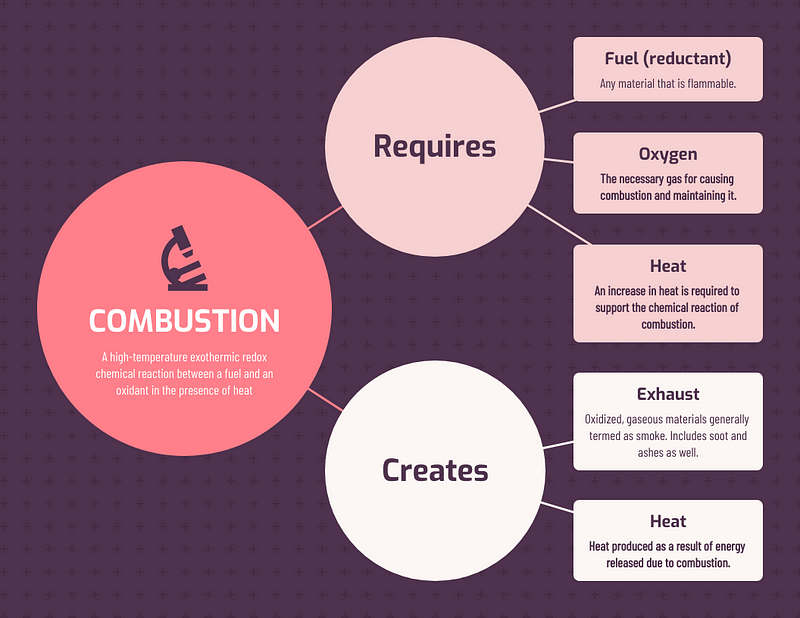
A connected forest
I quite like to conceptualize my own knowledge as a web of interconnected trees — an interconnected forest if you will.
Some (most) concepts I have only a fragmentary understanding of, these are the younger trees, and perhaps even all the leaves that “have nothing to hang onto”.
Other concepts I am more comfortable with, and understand better. These are the older trees — with firmer trunks.
And creativity happens with the cross pollination of the various trees.
And creativity happens with the cross-pollination of the various trees.
Other concepts — the landscape around the forest — I do not even know that I don’t know.
As Donald Rumsfield puts it, these are the “unknown unknowns”.
And this also the space wherein lies the most potential
…for the planting and growth of new knowledge trees.
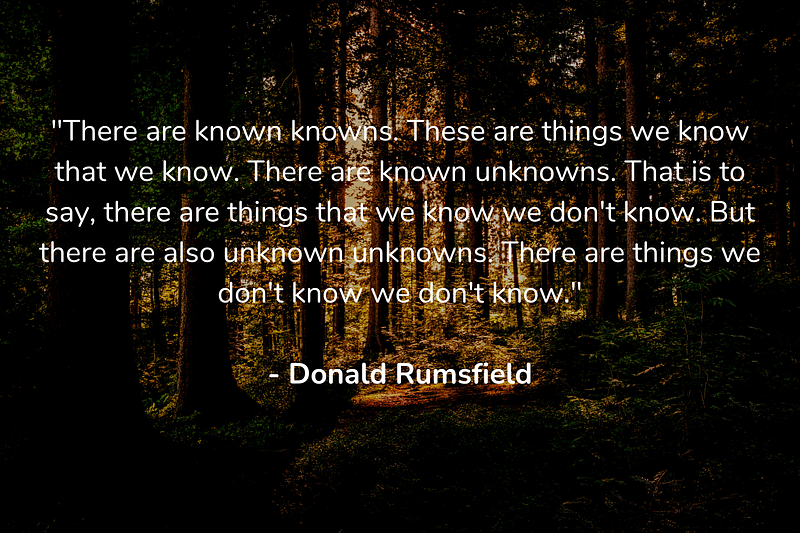
Many thanks for making it this far—I hope that you gained something from the read!
Subscribe to my list to receive occasional emails about whatever I am digging into and feel will be valuable to you creatively :)